At first glance, it may look like just a small plastic cube, but for decades, this little object was an essential tool for photographers everywhere. It was once found in nearly every household, camera bag, and photography studio, shaping how people captured memories.
This tiny cube was none other than the Magicube Flashbulb—a game-changing invention that allowed photographers to take brighter, clearer pictures in low-light settings. But despite its revolutionary impact, it eventually faded into obscurity, replaced by more advanced technology.
So, what exactly made the Magicube Flashbulb so important, and why did it disappear? Let’s take a journey through photography history and rediscover this forgotten yet groundbreaking innovation.
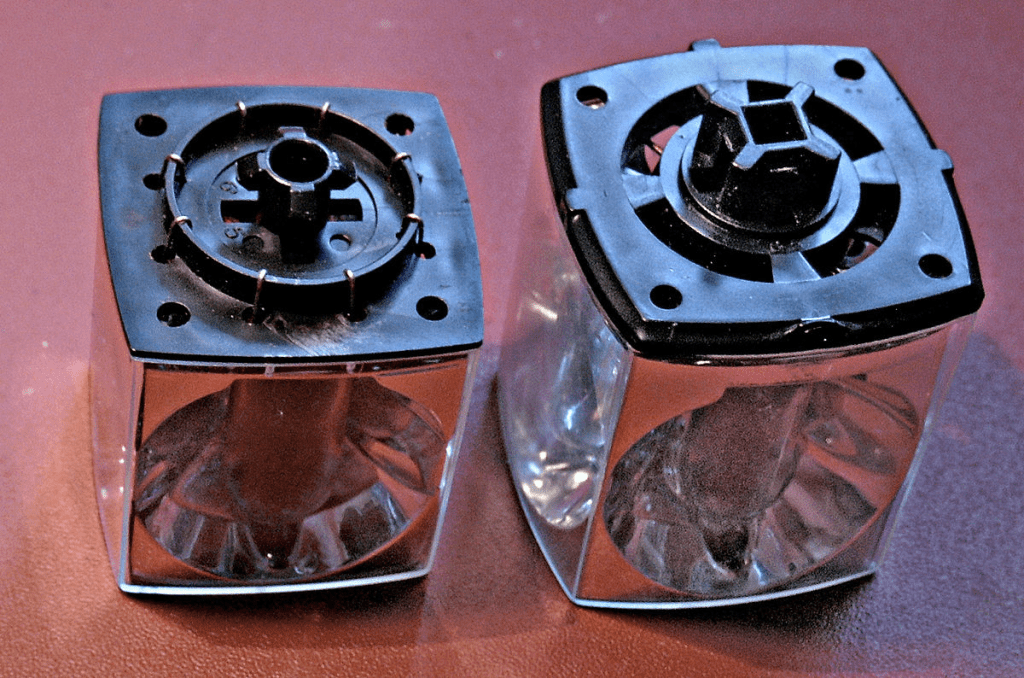
📸 The Birth of the Magicube Flashbulb
Before the invention of built-in camera flashes, photographers relied on external light sources to properly illuminate their shots. Early flash photography was messy, dangerous, and unpredictable, often involving gunpowder-like flash powder that could result in accidental fires.
In the mid-20th century, technology advanced, and flashbulbs became the standard. These small bulbs contained metallic filaments that would heat up and create a bright flash when exposed to electricity. However, these early bulbs had one major problem—they needed external batteries or wires to trigger the flash.
Enter the Magicube Flashbulb, a brilliantly simple and fully mechanical solution that changed everything.
✔ Invented in the 1960s, the Magicube was a tiny cube with four flashbulbs arranged on each side.
✔ Unlike traditional flashbulbs, the Magicube did not require batteries or external power—instead, it used a mechanical triggering system that activated the flash when the camera’s shutter was pressed.
✔ Each Magicube contained four individual flashes, meaning photographers could take four pictures before needing to replace the cube.
This was a game-changer for casual and professional photographers alike, making flash photography more portable, reliable, and affordable than ever before.
🛠️ How Did the Magicube Flashbulb Work?
One of the most fascinating aspects of the Magicube was its simple yet genius mechanism. Unlike traditional flashbulbs that relied on electrical connections, the Magicube worked entirely through mechanical energy.
🔹 When the camera’s shutter was pressed, a tiny pin inside the camera rotated the Magicube to a fresh bulb.
🔹 At the same time, the mechanical trigger inside the Magicube would release a chemical reaction, igniting the filament and producing an instant, bright flash.
🔹 This battery-free design made the Magicube a reliable and convenient option for photography in any setting.
With the ability to capture four bright images without additional power sources, photographers finally had a portable and easy-to-use flash solution.
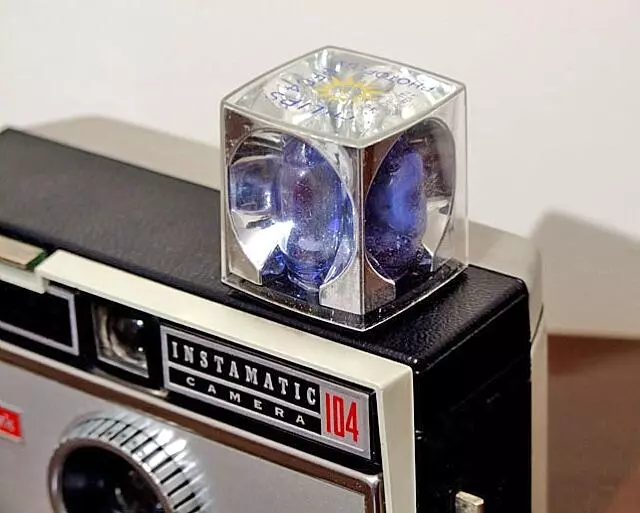
📷 The Magicube’s Impact on Photography
The Magicube Flashbulb revolutionized photography, making it more accessible for everyday people. Suddenly, anyone with a simple Kodak or Polaroid camera could take well-lit photos indoors, at night, or in dimly lit environments.
🔹 More Reliable Flash Photography – Unlike older flash systems, the Magicube didn’t rely on complicated batteries, cords, or external flash units.
🔹 Portability and Convenience – The small cube design made it easy to carry spares, allowing photographers to quickly swap them out.
🔹 Expanded Casual Photography – Families could now capture holiday moments, birthdays, and indoor gatherings without worrying about poor lighting.
🔹 Affordability – While professional flash units were expensive, the Magicube was relatively cheap, making high-quality flash photography available to everyone.
For more than a decade, the Magicube was a standard accessory for photographers around the world. But, like many great inventions, it was eventually pushed aside by advancing technology.
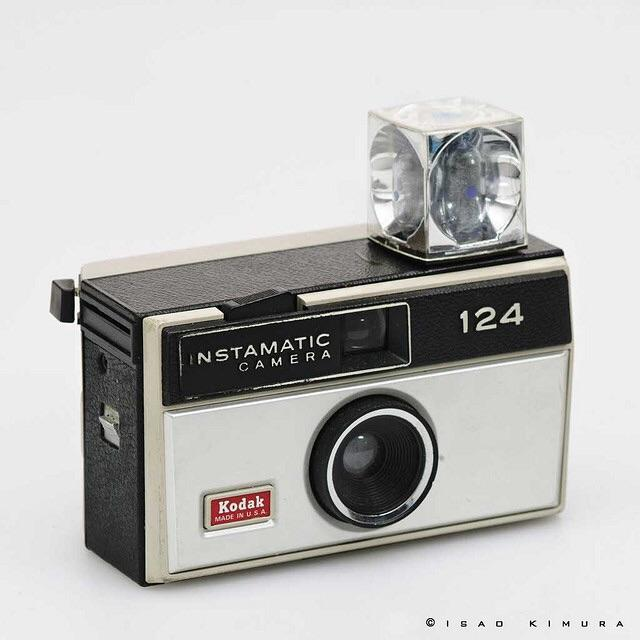
📉 The Decline of the Magicube Flashbulb
Despite its groundbreaking impact, the Magicube’s reign was relatively short-lived. By the late 1970s and early 1980s, major advancements in flash technology began to phase out this once-essential accessory.
🚀 What caused the downfall of the Magicube?
🔹 Electronic Flashes Took Over – The introduction of built-in electronic flashes made external flashbulbs unnecessary for most everyday photographers.
🔹 Automatic Flash Technology – Cameras became smarter, with automatic light sensors and adjustable flash settings that eliminated the need for separate flash accessories.
🔹 Rechargeable Batteries – As battery technology improved, photographers no longer needed disposable flashbulbs—they could simply recharge their camera’s built-in flash.
🔹 More Affordable Photography Equipment – As the cost of modern cameras decreased, more people opted for cameras with built-in flashes, reducing the demand for Magicubes.
By the mid-1980s, the Magicube had all but disappeared, replaced by modern electronic flashes that offered better efficiency, reliability, and convenience.
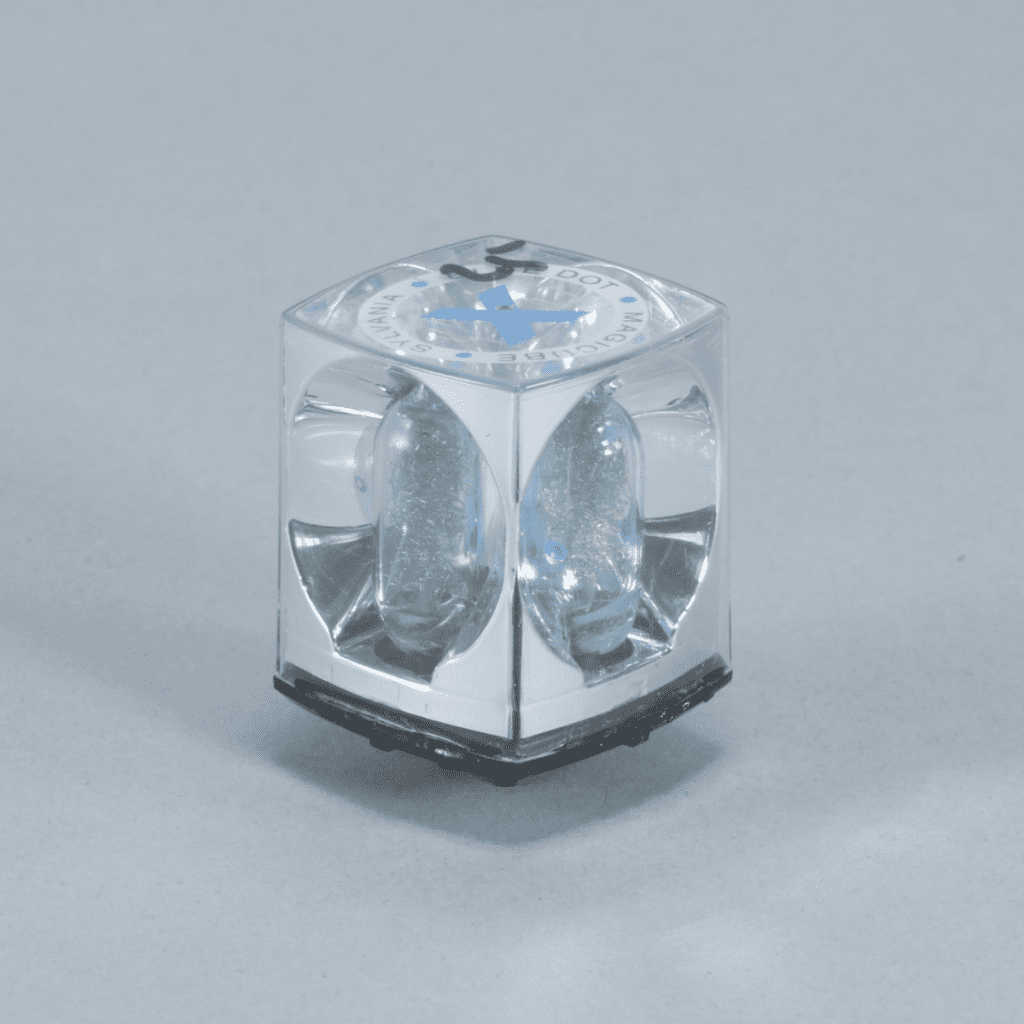
🕰️ A Nostalgic Piece of Photography History
Although the Magicube is no longer in use, it remains a cherished relic for photography enthusiasts and collectors. Many vintage camera lovers still seek out Magicube-compatible cameras, appreciating the mechanical ingenuity of this tiny yet powerful invention.
📸 Where can you still find Magicubes today?
✔ Antique stores and flea markets – Many collectors still come across old Kodak cameras with original Magicubes attached.
✔ Online marketplaces – Platforms like eBay sometimes feature unopened packs of Magicube flashbulbs, though they’re mostly kept as collector’s items.
✔ Photography museums – Many museums dedicated to camera history and film photography display Magicubes as part of their exhibits.
For those who grew up using film cameras, the Magicube remains a nostalgic reminder of simpler times, when taking a photo was a carefully planned process rather than an instant digital snap.
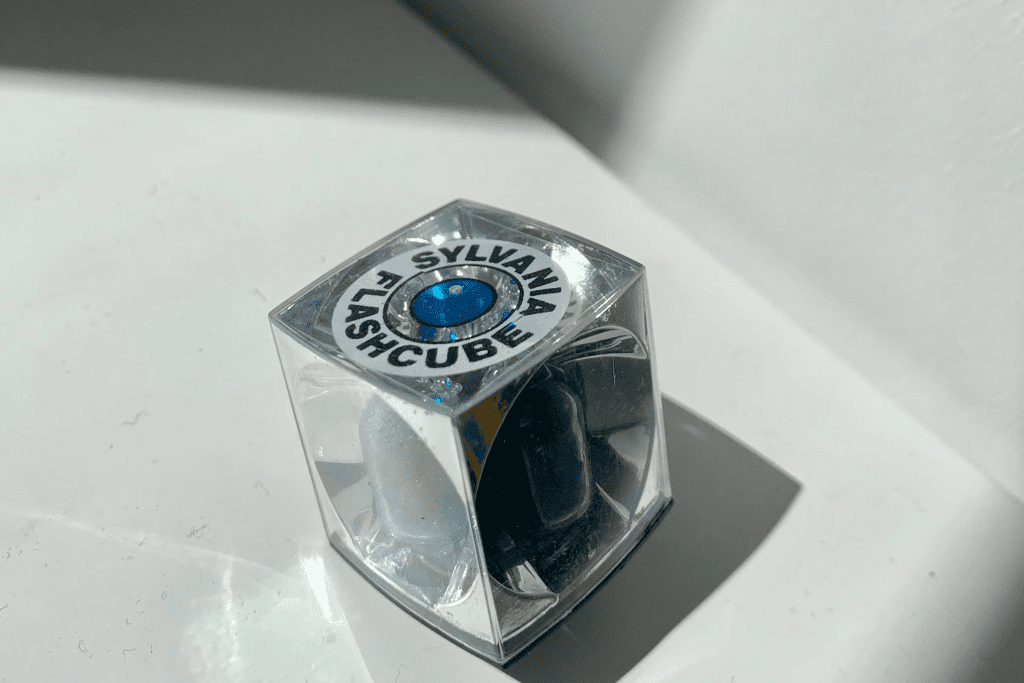
🔦 The Legacy of the Magicube Flashbulb
Although the Magicube is no longer a household item, its impact on photography is undeniable. It bridged the gap between traditional flashbulbs and modern electronic flashes, helping to make flash photography more accessible, convenient, and widespread.
✔ It revolutionized casual photography, allowing families to capture better-lit photos effortlessly.
✔ It paved the way for modern flash technology, influencing the development of built-in camera flashes.
✔ It remains an iconic piece of photography history, still admired by collectors and vintage camera enthusiasts.
The tiny cube that once lit up millions of memories may be gone from everyday use, but its contributions to the photography industry will never be forgotten.
So, next time you stumble upon an old film camera, take a closer look—you just might find a Magicube still attached, waiting to remind you of a time when capturing the perfect shot required a little extra magic.
📸 Did you ever use a Magicube Flashbulb? Share your memories below!